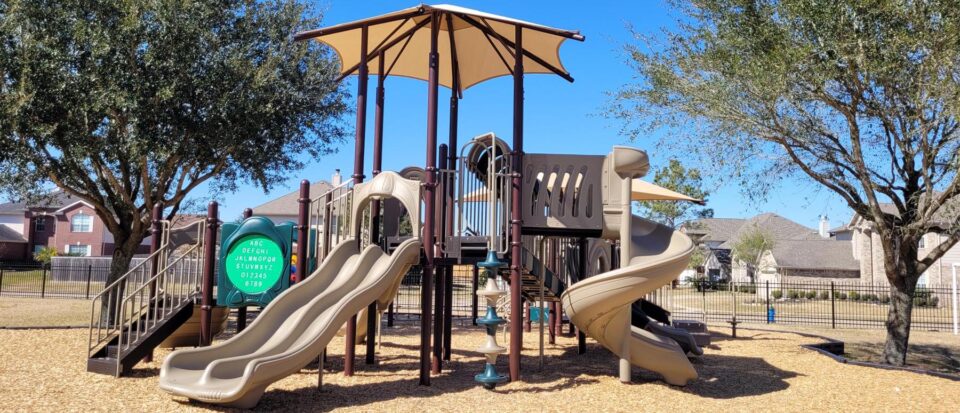In today’s world, sustainability is a key consideration in every aspect of life, including the design and construction of commercial playgrounds. Choosing sustainable options not only benefits the environment but also creates healthier and more engaging play spaces for children. Here’s how Inspire Play commercial playgrounds can help you make sustainable choices for your next project.
1. Use of Recycled Materials
One of the most effective ways to build a sustainable playground is by using recycled materials. Many modern playgrounds are constructed from recycled plastics, metals, and rubber, reducing the need for new raw materials and minimizing waste. These materials are durable, safe, and contribute to a circular economy by keeping waste out of landfills.
2. Eco-Friendly Surfacing
The surfacing of a playground plays a crucial role in its overall sustainability. Options like recycled rubber mulch, artificial turf made from recycled materials, or sustainably sourced wood chips provide safe, cushioned surfaces while minimizing environmental impact. These materials are often more durable and require less maintenance than traditional options, further contributing to sustainability.
3. Natural Play Elements
Incorporating natural elements like wood, stone, and plants into playground design can significantly enhance its sustainability. Natural play areas encourage children to interact with their environment in a more meaningful way, fostering a connection to nature. Using sustainably sourced wood or untreated, non-toxic materials ensures that the playground is both safe and eco-friendly.
4. Energy-Efficient Lighting
If your commercial playground requires lighting, consider energy-efficient options like LED lights or solar-powered systems. These technologies reduce energy consumption and minimize the playground’s carbon footprint. Solar-powered lighting is particularly beneficial as it harnesses renewable energy and can be installed in areas without easy access to electricity.
5. Water Conservation Features
Incorporating water conservation features, such as rain gardens or permeable surfaces, can make a playground more sustainable. These features help manage stormwater, reduce runoff, and create natural habitats for local wildlife. Permeable surfaces allow water to filter through the ground, replenishing groundwater supplies and reducing the need for irrigation.
6. Long-Lasting, Low-Maintenance Materials
Selecting materials that are both durable and low-maintenance is essential for a sustainable playground. Long-lasting materials reduce the need for frequent replacements, lowering the environmental impact over time. For example, metal components with powder-coated finishes resist corrosion, while high-density polyethylene (HDPE) is resistant to UV rays and weathering.
7. Community Involvement and Education
Creating a sustainable playground is also about fostering a sense of community and educating users about the importance of sustainability. Involve the community in the planning and design process to ensure that the playground meets local needs and values. Additionally, installing educational signage about the sustainable features of the playground can help raise awareness and encourage eco-friendly behaviors.
Conclusion
Building a sustainable commercial playground involves careful consideration of materials, design, and community impact. By choosing Inspire Play commercial playgrounds, you can ensure that your playground not only provides a safe and enjoyable space for children but also contributes to environmental stewardship. Sustainable playgrounds are an investment in the future, creating spaces that benefit both people and the planet for generations to come.

